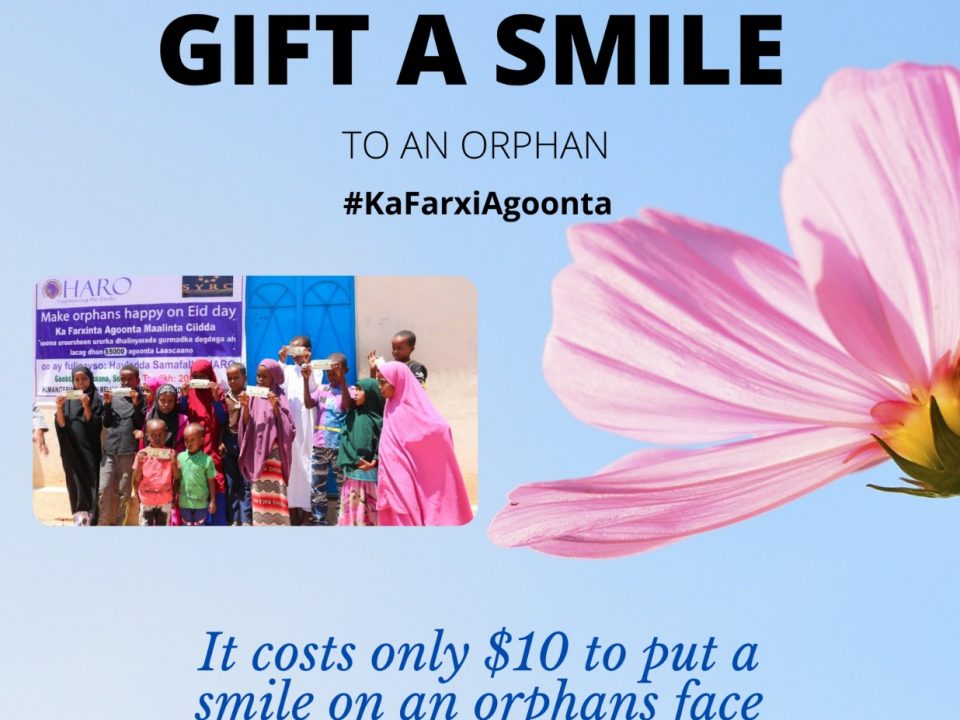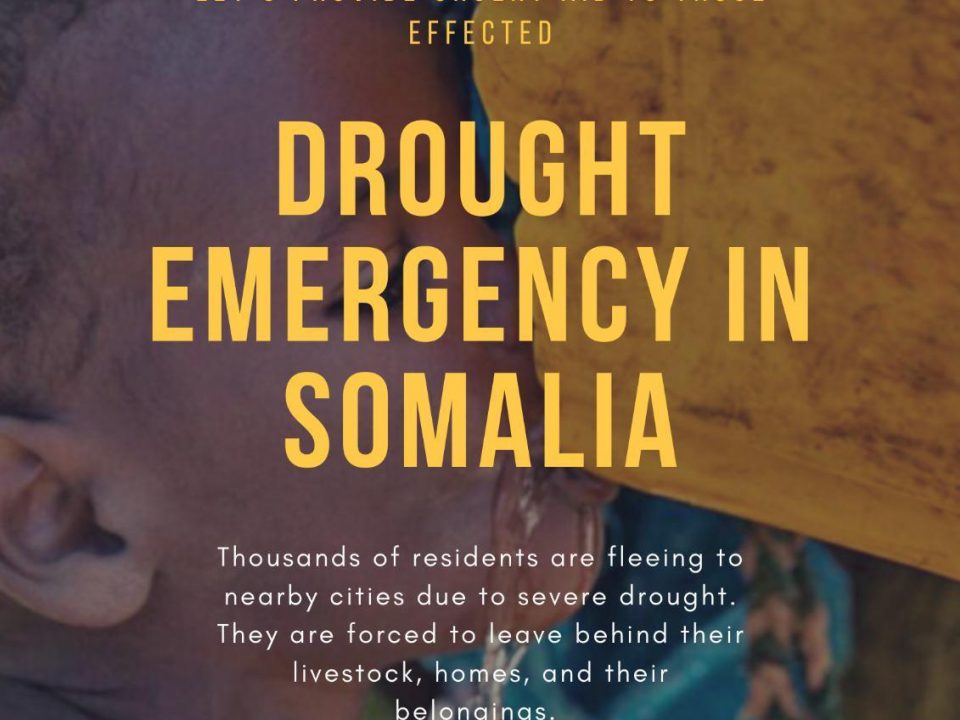Overall Developments in Somalia
Somalia Condition Feb 2011
July 21, 2011Appeal To All Humanity
July 21, 2011Galgaduud region
 |
Today, (11 March) fierce fighting broke out in Dhuusamarreeb district, Galgaduud region, between Ahlu Sunnah wal-Jama’a and Al Shabaab forces. The fighting occurred at Goddhurwaa and Bulucle areas situated 20km east of Dhuusamarreeb town. Major civilian displacement is expected in the event that the fighting spreads to Dhuusamarreeb town and the adjacent locations. No civilian casualties have been reported yet.
Mogadishu
Civilians continue to bear the brunt of the ongoing offensives in Mogadishu. Sources indicate that more than 30 civilians were killed and 130 others wounded in the past week. UNHCR reports that since 23 February, at least 10,600 people were displaced from or within Mogadishu of whom 5,000 fled the city and another 5,600 moved to calmer parts of Mogadishu.
Gedo/Juba regions
Belet Xaawo, Gedo region, remained tense with sporadic shelling between pro-TFG forces and Al Shabaab. On 5 March, following heavy fighting in the town, pro-TFG forces took control of Belet Xaawo. Refugees, who had crossed into Kenya, are still unable to return as the border is closed. Other IDPs, who had fled areas close to the border, are slowly returning to their homes, but some are finding their houses have been destroyed or vandalized during the fighting. The number of IDPs on the outskirts of Belet Xaawo is unknown.
During the week, pro-TFG forces also took control of Ceel Waaq and Luuq towns. The situation around both towns is reportedly tense as Al Shabaab continue to mobilise its forces to try and recapture the towns.
More civilian displacement is anticipated in the coming days, particularly in Baardheere, Gedo region, Baidoa, Bay region, and Dhoobleey in the Lower Juba region, where military build-up continues. Civilians fleeing their homes in Dhoobleey are facing difficulties evacuating their families as the Kenyan border is closed. Some of the IDPs are stuck along the border while families that have managed to escape Al Shabaab barricade are arriving in Dadaab refugee camps. UNHCR reports that 2,668 Somalis were registered in the Dadaab camps between 28 February and 6 March. A total of 21,000 Somalis have been registered since January.
Findings of inter-agency assessment to Mandera
On 7 March, an inter-agency mission from Kenya took place in Mandera to determine the numbers and needs of people recently displaced from Belet Xaawo. The Kenya Red Cross has registered a total of 11,076 refugees in Mandera although it is estimated that the total numbers of displaced could be as high as 23,000. Some 399 families have already been relocated to Garbakole area, 8km west of Mandera town.
The refugees urgently need water and sanitation, security, protection, food, and shelter. There was already a water shortage in Mandera due to the drought and the influx of refugees has compounded the problem. According to the assessment findings, most refugees want to return to Belet Xaawo as soon as security allows.
Belet Weyne, Hiraan region
Reports from the villages of Ceel Gaal and Wadi Harar outside Belet Weyne town indicate that tension is still high and both warring parties are mobilizing forces. The recent fighting in Waro-Dhumo, Galgaduud region, between Ahlu Sunnah wal-Jama’a and Al Shabaab forces has caused the displacement of pastoralist families into Maxaas town, the majority being children and women. Drought updates/Response According to the latest Climate Data Update, vegetation conditions have continued to deteriorate in March, especially in the South of Somalia, coupled with the poor performance of the Deyr season. Pasture and water have continued to deplete in many parts of the country and recovery from this extremely dry situation depends on the earliness and amount of the Gu rainfall (April-June). Based on forecasts by the Climate Outlook Forum,there is an elevated probability of near normal to below normal rainfall performance in most regions of the country.
UNHCR estimates that of the 15,900 people displaced countrywide due to drought and insecurity since 23 February, 4,160 people are drought-affected.
Mogadishu
During the reporting week, WFP and partners started an emergency distribution of high energy biscuits, fortified with vitamins and minerals, to an additional 50,000 drought-affected people in 20 settlements on the outskirts of Mogadishu. The distribution followed an assessment by WFP, the Danish Refugee Council and Norwegian Refugee Council, of the needs of families displaced due to the drought. WFP will also work with its partners to open new centres providing cooked meals in or near IDP settlements in addition to the 20 wet feeding sites already providing 85,000 meals daily.
WFP reported that they need US$46 million to feed 1.2 million people in Somalia for the next six months. The agency has already reduced the size of rations for vulnerable groups, including the displaced in Mogadishu. WFP is facing a 60 per cent shortfall in needs from March to December.
Response in other parts of the country
Water Sanitation & Hygiene
In Puntland, five boreholes have been rehabilitated and are now supplying water to 47,500 residents and pastoralist communities in five districts. In Somaliland, four boreholes have been rehabilitated supplying water to 57,720 drought affected people in four districts.
In Diinsoor, Bay region, UNICEF is supporting COOPI to conduct water distribution through vouchers in Wamabata and other drought affected areas, benefiting more than 1,900 households (11,000 people). Two boreholes are being rehabilitated in Bay and Bakool. In addition, operation and maintenance training for nine water points is ongoing which will benefit more than 41,000 people. Two broken boreholes in Qansax Dheere and Uffurow are being rehabilitated. Provision of one water tank for Bardaale and distribution of 1,500 jerry cans and two water bladders is benefiting 41,000 people. Operation and maintenance activities for three water points in Durray, Esow and Habishole are ongoing. The installation of water bladders in Esow and Robay villages is benefiting 400 households.
In Hiraan, several water trucking interventions by the Save the Children Alliance, the Danish Refugee Council and other national NGOs are ongoing in Belet Weyne, Matabaan, Maxaas, Bulo Burte and Jalalaqsi districts.
Despite access challenges in Gedo, national NGOs are chlorinating more than 100 shallow wells which will benefit some 200 households.
Nutrition
In Puntland, 53 Outpatient Therapeutic Programmes (OTP), 14 Supplementary Feeding Programmes and 1 Stabilization Centre are providing services to children under 5 years for the management of acute malnutrition and screening and referring children with acute malnutrition to the nearest selected feeding services. Nearly 363,000 children are being reached.
In four districts of Sanaag, Ceerigaabo, Elfweine, Badhanactive and Dhahar, active malnutrition case finding is being scaled up. On average, 680 children under 5 years of age are being screened per month and UNICEF is supporting the Somali Red Crescent Society (SRCS) through the provision of essential medicines and nutrition supplies (Plumpy Nut, medications, micronutrient supplements) for the treatment of children with severe acute malnutrition at OTP sites. In four districts of Sool (Las Caanood, Ainabo, Hudun,Taleh), OTP treatment services are ongoing through the NGO International Medical Corps and SRCS as well as mobile OTP services. More than 130 children are currently undergoing treatment in OTP sites in Sanaag. UNICEF is providing partners with essential supplies.
Health
Health supplies have been provided to 27 Mother and Child Health centres (MCH), 15 health posts and 1 hospital in Puntland. In addition, four new Oral Rehydration Treatment sites (ORTs) have been established benefiting 185,000 people. UNICEF delivered 35 Health Post kits to three MCHs in Cadaado, Dhuusamarreeb and Gelinsor managed by SRCS benefiting 72,600 people.
Other Response
Food Assistance
The total number of people being fed by WFP in Mogadishu now stands at 290,000 including the additional temporary assistance.
WFP has been targeting 170,000 displaced people with food in three districts in central Somalia with food in addition to 250,000 people who have been receiving monthly general food distributions since January.
In Somaliland, WFP tripled the number of children and pregnant/nursing women assisted to combat malnutrition in the last three months. In Puntland, the number of women and children being helped through nutrition programmes by WFP doubled.
Health
The NGO DBG distributed nearly nine metric tons of essential drugs to national NGO SOPHPA who will further distribute to mobile clinic teams to provide free health services to IDPs in Mogadishu. The medicine was donated by the German Foreign Office.
Food Assistance
Concern Worldwide distributed assorted food commodities to nearly 6,000 people displaced in Hamarweyne, Waaberi, Hodan, Wadajir and Dharkenley districts in Mogadishu during the week.
Shelter and Non-Food Items (NFIs)
The Norwegian Refugee Council (NRC) distributed 2,500 NFIs in Dharkenley district of Mogadishu and erected 476 tents for the newly displaced in Medina and Hodan districts to newly displaced people.
Water Sanitation and Hygiene
The NRC built 270 latrines for the newly displaced people in Medina district in Mogadishu.
Education
Teaching and learning materials and supplies have been distributed to some 4,380 pupils across Puntland.
Contingency Planning in response to conflict and drought In view of the renewed fighting in many parts of south central Somalia, the Humanitarian Coordinator asked clusters to re-examine their contingency plans to include the current conflict situation in addition to the drought scenario. OCHA has developed planning scenario which incorporates both conflict and drought and has shared the general scenarios and planning assumptions with clusters. Clusters are expected to draft a response plan based on the most likely scenario with the aim of ensuring the needs on the ground are addressed.
Source: UN Office for the Coordination of Humanitarian Affairs




